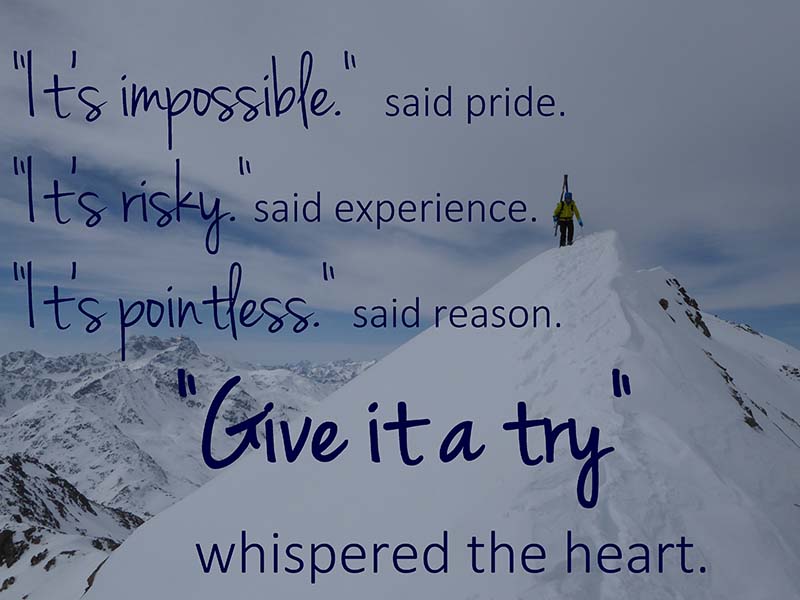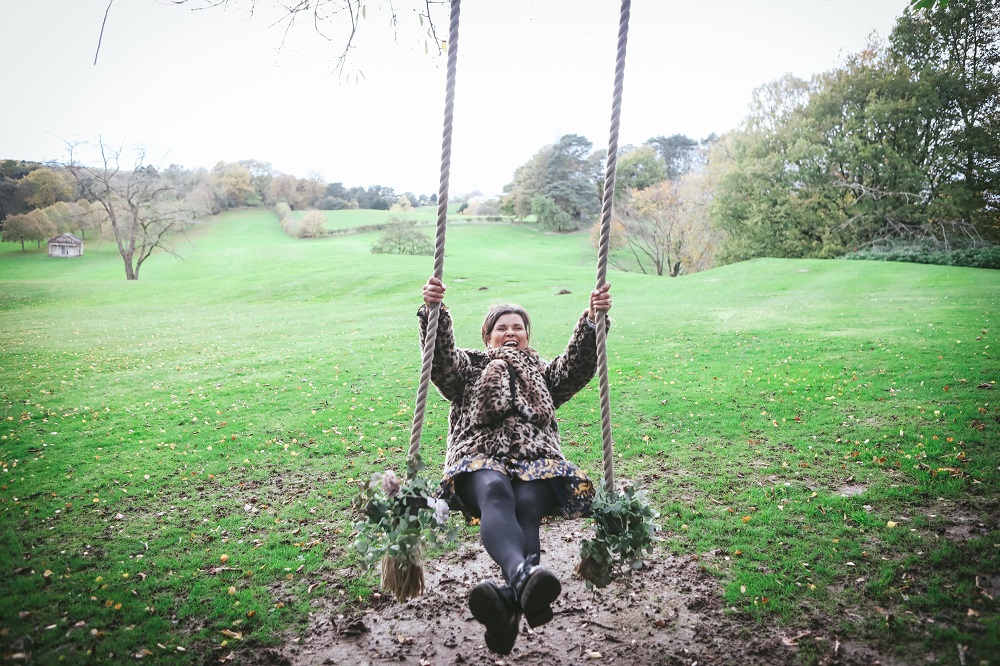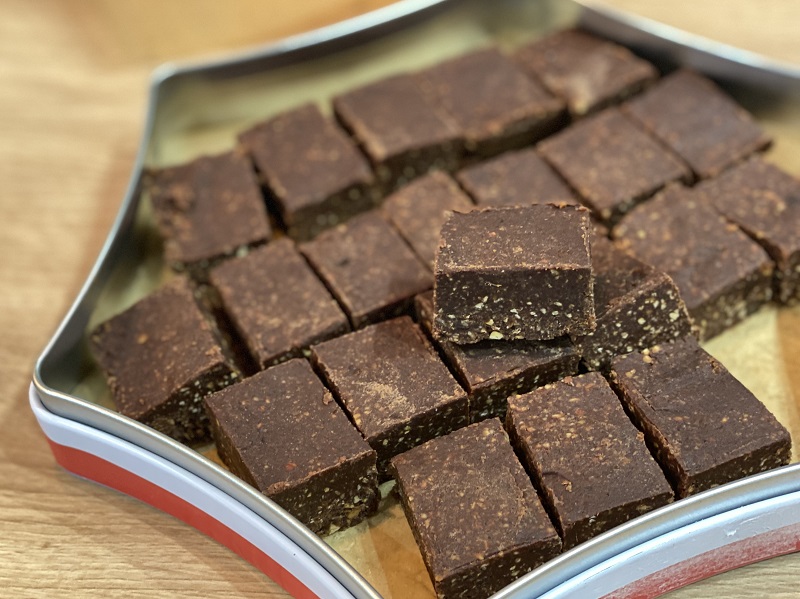Ashtanga yoga often attracts the Alpha males and females of this world – competitive and successful people who love a challenge. A practise reputed to require at least as much strength as flexibility lures in all those who seek a physically demanding practise – choosing Ashtanga sometimes because it is the “toughest” class on the timetable!
But, even if you have that rare combination of Plasticine pliability and muscular power, physical prowess can only get you so far, because Ashtanga speaks a lexicon of contradictions! It requires us to be strong yet gentle, determined yet accepting, steadfastly patient yet driven and, trickiest of all, show self-control yet able to surrender control. Plus, as I was told at my first ever Ashtanga class, you can’t “cherry-pick” your challenges, selecting your favourite poses whilst “body-swerving” the rest. No, Ashtanga demands that we do it all, relishing the poses that play to our strengths whilst embracing the poses that simply don’t!
This all may sound beguiling to self-selecting challenge seekers, but what if your life is stressful enough? Despite its reputation, Ashtanga should not be viewed as an elite fitness programme or a complex penal system that risks making you feel a failure and more stressed then ever! Quite the opposite; time on our mats provides head-space and small successes build our confidence, leaving us feeling more in control and calmer. Careful consideration of alignment, steady breath work and dynamic flowing sequences absorb the mind to create a “movement meditation”. Furthermore, each pose can be modified and made accessible so, it is more about consistently showing up and doing your best, than being able to wrap your legs behind your head.
Everyone struggles, but the test-pieces can build camaraderie and help you to become better friends with yourself too! The difficulties can hone self-control and tenacity but they also teach us that aggression, force and impatience are not helpful. So we learn to keep frustration in check and show ourselves kindness, so we can gracefully surrender to “what is” and develop a healthy, progressive practise. I won’t deny that I’ve experienced a cornucopia of emotions through my Ashtanga journey, including negative ones, but, over time, the positives definitely start to far outweigh.
Following a well-defined sequence, where we allow our breath to guide us through difficulties, provides us a stress-busting tool for life. And, time has shown that this practise is really about finding yourself not creating yourself – although you may create more muscle! Eventually you may even catch yourself grappling with the philosophy – pondering the power of remaining in the present moment and learning to integrate this into daily life so you can tackle challenges off the mat with greater equanimity!







